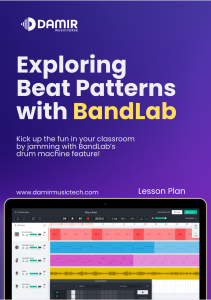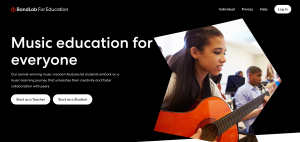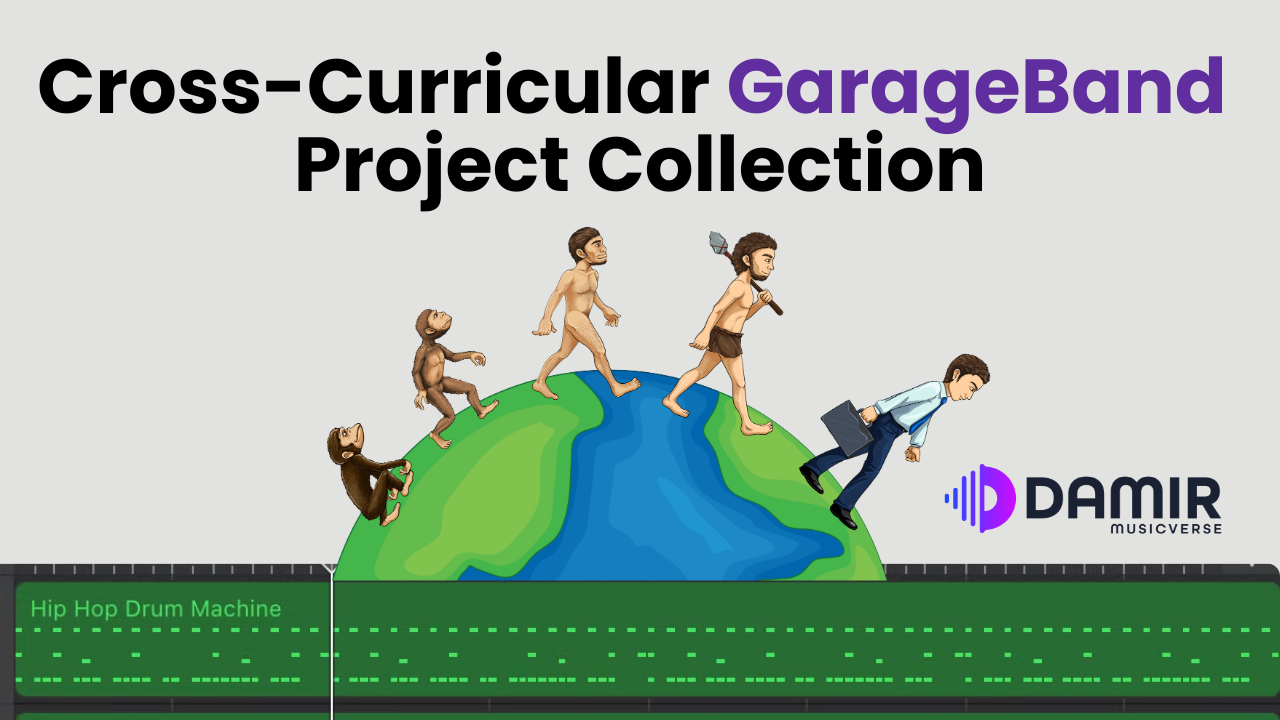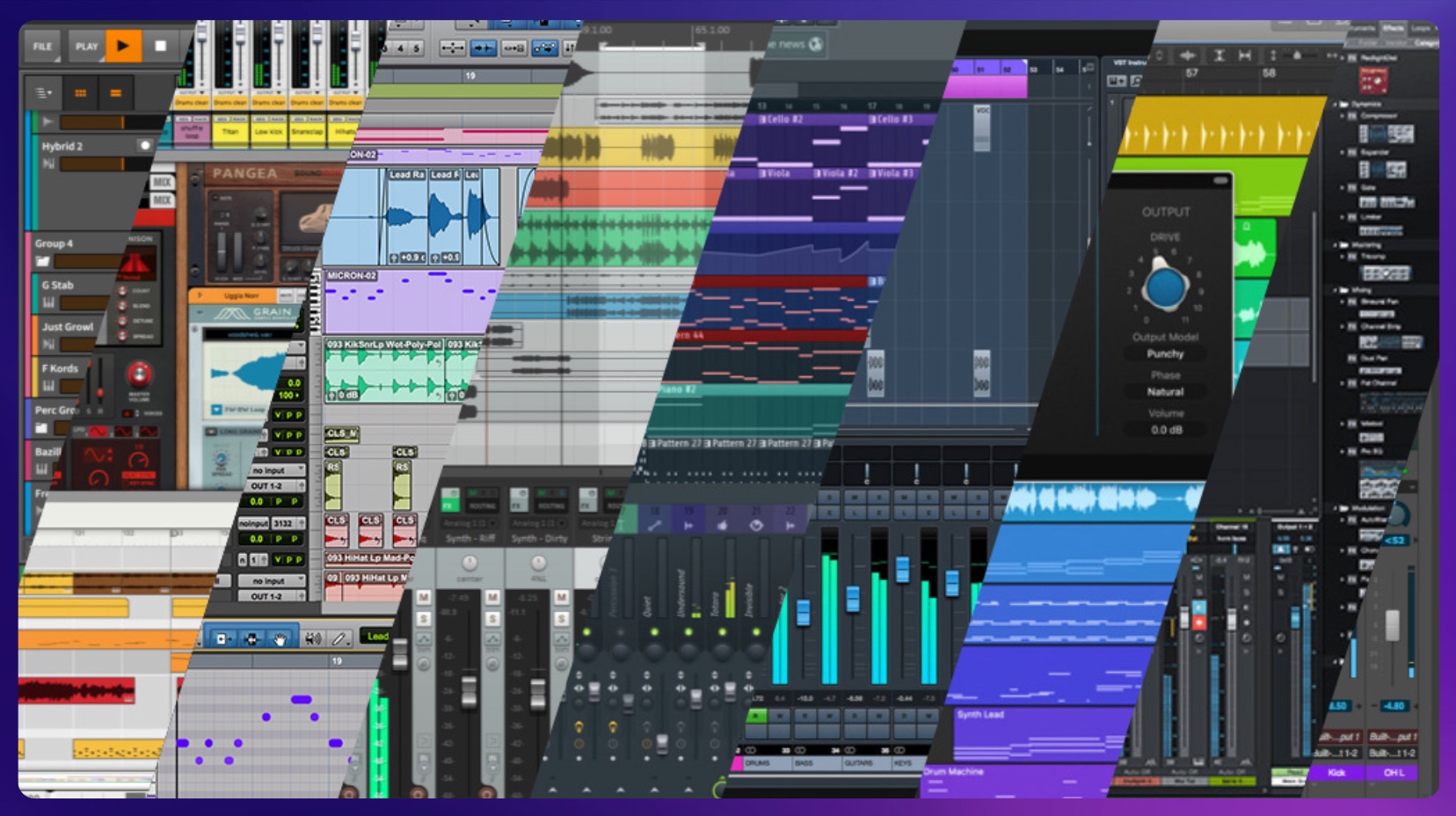Introduction to BandLab
BandLab, a beacon of music technology innovation, has made significant waves in the world of music creation and sharing. But how does it stack up in the realm of music education? Let’s dive into a comprehensive overview tailored for music teachers eager to embrace the digital age.
BandLab: Main Features for MusicED
- Planning and Organization: BandLab provides a streamlined workspace. Teachers can set up classrooms, assign tasks, and even organize competitions. It’s a digital platform that aligns with a teacher’s planning and organizational needs.
- Assessments: With BandLab, evaluating students’ work is a breeze. Teachers can listen to compositions, provide real-time feedback, and even grade assignments—all within the platform.
- Innovation in Teaching: The tools provided by BandLab allow teachers to craft innovative lessons that captivate students. From mixing to mastering, students can experience the entire process of song creation. For an easy start, I’ve provided you with a simple yet effective lesson plan in which your students will explore beat-making with BandLab. Download below.
- Integration with Music Education Curriculum: BandLab’s countless features, from virtual instruments to collaborative songwriting tools, make it easy to incorporate into music lessons, ensuring a blend of traditional learning and technological proficiency.

Subscribe now to instantly access this resource and unlock exclusive tools to enhance your music teaching!
Pros and Cons of BandLab in MusicED
Pros:
- Engagement: BandLab’s interactive interface can boost student participation and interest.
- Collaboration: Students can collaborate in real-time, fostering teamwork and creativity.
- Cost-effective: Being a free platform, it reduces the financial burden on schools or individuals.
- Cloud-Based: All work is saved online, eliminating the fear of losing projects or assignments.
Cons:
- Learning Curve: As with any technology, it might take some time for both teachers and students to become familiar with all the features. As I mentioned in my previous article, one of the four strategies for implementing technology in the classroom is to start small.
- Internet Dependency: Being cloud-based means that an uninterrupted internet connection is vital. A weak connection may cause lags and sometimes even a lack of sound when played.
- Overwhelming for Beginners: With numerous tools and options, it might appear daunting for novices; start small.
Implementing BandLab into the Classroom
Step 1: Setup: Create a teacher account and set up your virtual classroom. Familiarize yourself with the dashboard and tools. Note: When you are creating an account, make sure to do that at this link since there are two versions of BandLab. The first one is regular for everyone to use, and the BandLab for education is specially tailored to your needs in the classroom. You can have both accounts at the same time, but for teaching purposes, use the education version and let your students create their accounts there too. In my upcoming articles, I will provide a clear overview of both versions and why you should focus on the educational one. Check out the links below:
https://edu.bandlab.com/ – BandLab for education
https://www.bandlab.com/ – BandLab for public use
Step 2: Integration: Start with simple tasks. Perhaps a lesson on basic mixing or introducing virtual instruments. Gradually, incorporate more advanced features as students become comfortable.
Step 3: Collaborative Projects- Encourage students to work together. BandLab allows multiple users to work on a single project, promoting peer learning.
Step 4: Feedback and Assessments- Use the platform not just for creation but also for evaluation. Listen to students’ projects, provide feedback, and grade them if necessary.
Step 5: Stay Updated- Music technology is always evolving. Ensure you stay updated with BandLab latest features to provide the best music education experience.
Conclusion
In a world where technology intertwines with almost every aspect of our lives, BandLab emerges as a valuable tool for music education. By offering a seamless blend of planning, organization, assessments, and innovation, it provides an avenue for music teachers to propel their lessons into the 21st century. While there are challenges to its adoption, the potential benefits for student engagement and learning are immense.

Subscribe now to instantly access this resource and unlock exclusive tools to enhance your music teaching!



